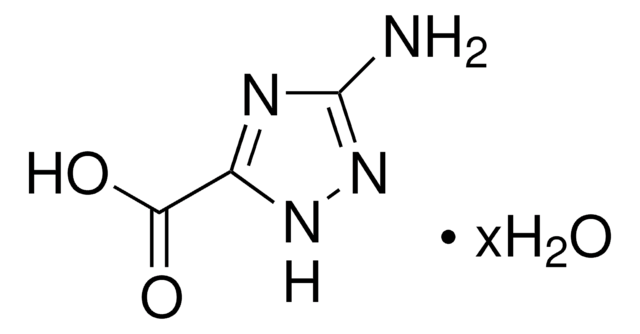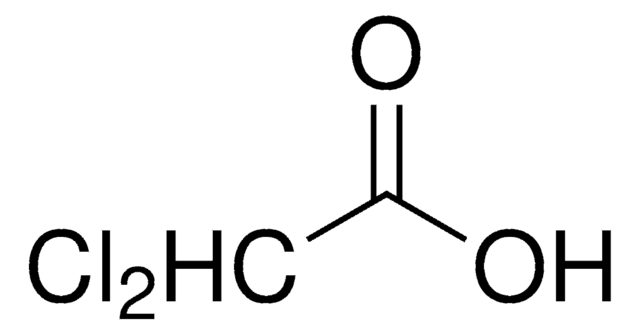288608
Silica gel Inorganic Sorbent
high-purity grade, 130-270 mesh
About This Item
Recommended Products
Product Name
Silica gel, high-purity grade, pore size 60 Å, 130-270 mesh, for column chromatography
grade
for column chromatography
high-purity grade
Quality Level
form
powder
technique(s)
LPLC: suitable
surface area
~500 m2/g
matrix
Silica
matrix active group
silica
particle size
130-270 mesh
pore size
0.75 cm3/g pore volume
60 Å
bp
2230 °C
mp
>1600 °C
suitability
suitable for column chromatography
separation technique
hydrophilic interaction (HILIC)
SMILES string
O=[Si]=O
InChI
1S/O2Si/c1-3-2
InChI key
VYPSYNLAJGMNEJ-UHFFFAOYSA-N
Looking for similar products? Visit Product Comparison Guide
General description
a. Aquagel - pores are filled with water
b. Xerogel - by the process of evaporation, aqueous phase in the pores are removed
c. Aerogel - solvent removed by supercritical extraction
Application
Storage Class
11 - Combustible Solids
wgk_germany
nwg
flash_point_f
Not applicable
flash_point_c
Not applicable
Choose from one of the most recent versions:
Already Own This Product?
Find documentation for the products that you have recently purchased in the Document Library.
Customers Also Viewed
Our team of scientists has experience in all areas of research including Life Science, Material Science, Chemical Synthesis, Chromatography, Analytical and many others.
Contact Technical Service


